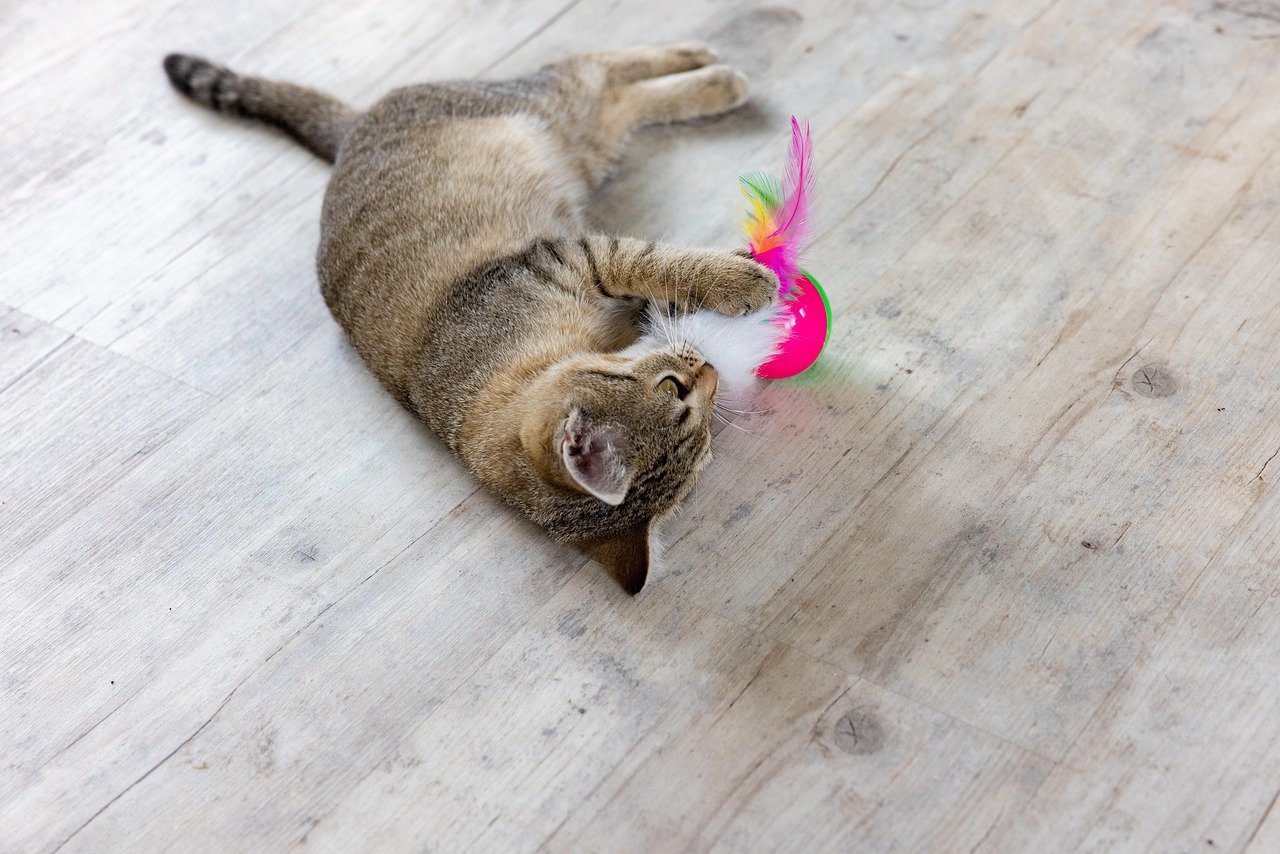Cats are known for their independent nature, yet sometimes, even the most aloof feline can become overly reliant on their human companions. Encouraging your cat to be more independent not only helps them explore their environment with confidence but also reduces anxiety when you’re not around. This journey to fostering independence in your cat can be a rewarding experience, leading to a happier and more self-sufficient pet. Let’s explore some simple yet effective strategies to guide your furry friend toward greater independence.
Understanding Your Cat’s Needs
To teach your cat to be more independent, it’s essential to first understand their specific needs and behaviors. Cats, like people, have unique personalities and preferences. Some cats are naturally more independent, while others thrive on constant companionship. Pay attention to your cat’s habits and body language. Are they clingy because they’re bored, or is it a sign of anxiety? Understanding the root cause of their behavior can help you address it effectively. By observing their needs, you’ll be better equipped to tailor your approach and create an environment that encourages independence.
Providing a Stimulating Environment
A stimulating environment is key to fostering independence in your cat. Cats are curious creatures that love to explore, so providing a variety of toys and activities can keep them engaged. Consider interactive toys that challenge their hunting instincts or puzzles that reward them with treats. Vertical spaces, like cat trees or shelves, allow them to observe their surroundings from a safe vantage point. A well-enriched environment can keep your cat occupied for hours, reducing their reliance on you for entertainment.
Encouraging Solo Playtime

Encouraging solo playtime is another effective way to nurture independence. Start by introducing toys that your cat can play with alone, such as balls or feather wands. Gradually increase the time they spend playing on their own by providing toys that pique their interest. You might even rotate toys regularly to keep things fresh and exciting. Solo play not only entertains your cat but also builds their confidence as they learn to amuse themselves without constant human interaction.
Gradually Increasing Alone Time
Increasing alone time can help your cat become more comfortable being by themselves. Begin by leaving your cat alone for short periods and gradually extend the duration. This process teaches them that being alone is not something to fear. When you return, reward them with affection or a small treat to reinforce positive behavior. Over time, your cat will learn that your absence is temporary and that they can enjoy their own company.
Building a Routine
Cats thrive on routine, and establishing a consistent schedule can help them feel secure and independent. Feeding, playtime, and rest should occur at regular intervals each day. A predictable routine provides structure and reduces anxiety, as your cat knows what to expect. Consistency is comforting for cats and can help them adapt to changes more easily, fostering a sense of independence.
Positive Reinforcement
Positive reinforcement is a powerful tool in encouraging independence in your cat. Whenever your cat displays independent behavior, reward them with treats, petting, or praise. This reinforcement encourages them to repeat the behavior. Be patient and consistent with your rewards, as it may take time for your cat to fully embrace their newfound independence. Positive reinforcement builds trust and strengthens your bond with your cat, making them more willing to explore on their own.
Respecting Your Cat’s Boundaries
Respecting your cat’s boundaries is crucial in fostering independence. Cats appreciate their personal space, and forcing interaction when they’re not in the mood can lead to stress and anxiety. Learn to read your cat’s signals and give them space when needed. By respecting their boundaries, you create a sense of trust and security. This trust allows your cat to explore and engage with their environment on their terms.
Seeking Professional Guidance
If your cat struggles with independence despite your efforts, seeking professional guidance may be beneficial. A veterinarian or animal behaviorist can offer insights and tailored strategies to address your cat’s specific needs. Professional advice can help identify underlying issues that may be hindering your cat’s independence. Sometimes, a fresh perspective can make all the difference in creating a balanced and happy life for your feline friend.
Teaching your cat to be more independent is a journey of patience and understanding. By creating a stimulating environment, encouraging solo play, and respecting their boundaries, you can help your cat become more confident and self-reliant. Embrace this process, and enjoy the rewarding experience of watching your cat grow into a more independent and content companion.

Linnea is a born and bred Swede but spends as much time as possible in Cape Town, South Africa. This is mainly due to Cape Town’s extraordinary scenery, wildlife, and atmosphere (in other words, because Cape Town is heaven on earth.) That being said, Sweden’s majestic forests forever hold a special place in her heart. Linnea spends as much time as she can close to the ocean collecting sea shells or in the park admiring puppies.






